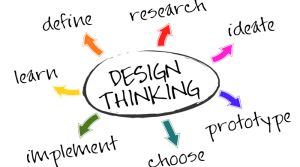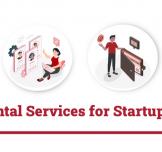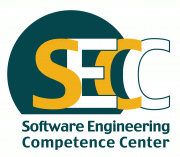Creating a Corporate Culture for Design Thinking

This Article was first published on: Innovation Excellence
Photo Credit: depositphotos.com
Design Thinking is a hot topic and frequently turned to by groups that want a customer-centric new product development process. The foundations are not new, with the core concepts popularized in a 1999 ABC Nightline video titled The Deep Dive. It featured the design powerhouse IDEO and showed how they created a new shopping cart in a week. The eclectic and cross-functional team started with secondary research, proceeded to in-person interviews, and conducted a series of prototypes and feedback.
Now that Design Thinking is more commonly known, many groups are starting to adopt it. To address several topics related to Design Thinking, the Product Development and Management Association (PDMA) has collected contributions from several experts and will be publishing them in a book titled PDMA Essentials: Design and Design Thinking later this year. This is the first post of a series that highlights discussions with those contributing to the book. I am starting with the chapter titled Leading for a Corporate Culture of Design Thinking, written by Nathan Owen Rosenberg Sr., Marie-Caroline Chauvet and Jon S. Kleinma. I interviewed Nathan to learn about the culture aspects of moving towards Design Thinking.
See link for podcast interview below.
Why Culture
Corporate culture plays a vital role in the function of an organization as it can determine whether an organization may or may not succeed when adopting a new approach or methodology, such as Design Thinking. It is important to be aware of your organization’s corporate culture in order to have the ability to change or transform it to make it better serve the organization’s goals.
4 Culture Pillars to Enable Design Thinking
These four culture pillars prepare groups and organizations to get the most from Design Thinking.
1- Leadership Mandate: Design thinking is a source of competitive advantage for companies. Leaders need to ensure the reigns guiding any innovation are strong and well supported.
2- Dedicated Infrastructure: Visible resources, processes, and structures are needed to help those who have ideas for innovation but don’t know how to move forward. Keeping a scoreboard or metrics system can also help you evaluate whether you’re being productive (or not) with your innovation efforts.
3- Proprietary Process: The innovation process that a company has for taking an idea and turning it into a product must be uniquely aligned to the company’s strategy. Innovation has to be a fit for the company and the company has to be a fit for innovations. That is why it is proprietary. The need here is to align with the culture that you have. Not all innovation processes are equal nor do they create equal results for all organizations.
4- Supportive Culture: The more sense of “touch, taste, feel, and smell” that employees have for their customers, the more that corporate culture is going to be supportive of design thinking.
4 Stages of Transforming Culture
Nathan describes four stages of transforming corporate culture to enable design thinking:
1- Reveal the already existing culture in your organization and analyze it thoroughly.
2- Unhook from the existing culture. The company has the ability to let go of things that are not helping the organization as a whole.
3- Pay attention to the market space and where it is heading. Don’t try to adapt your company to what the market looks like at the present time because the market is always shifting – trends matter.
4- Implement the new culture through new processes, systems, and structures.
Listen to the interview with Nathan Rosenberg on The Everyday Innovator Podcast.






































































EgyptInnovate site is not responsible for the content of the comments